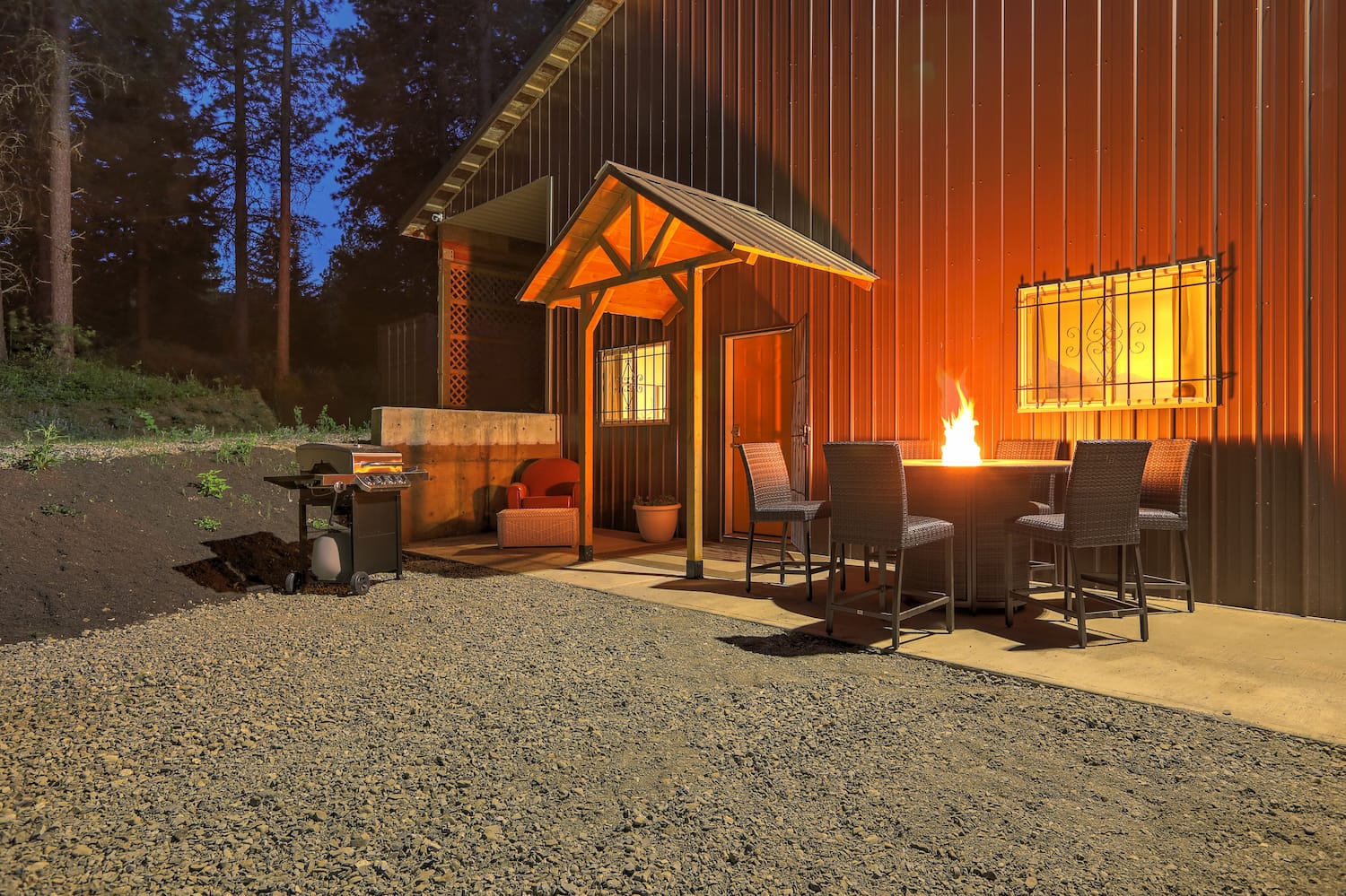Barndominiums Vs. Traditional Homes: a Detailed Comparison of Way Of Living and Capability
The decision between barndominiums and conventional homes encompasses various variables, consisting of way of life preferences and functional needs. Barndominiums are defined by their open designs and versatility, often appealing to those that focus on common living and versatility.
Overview of Barndominiums
Barndominiums, an unique housing pattern obtaining popularity across different areas, mix the rustic beauty of barn-style style with the capability of modern space. These one-of-a-kind frameworks normally contain a steel or timber structure, incorporating open layout and high ceilings with energy-efficient attributes. Often located on extensive rural properties, barndominiums offer property owners the chance to take pleasure in a calm way of living while providing ample space for different tasks.
The convenience of barndominiums prolongs beyond their visual allure; they can serve as both living quarters and functional spaces for hobbies, workshops, or also small companies. Their adaptive style enables for easy customization, fitting varied family members demands and choices. Many owners appreciate the low maintenance requirements connected with steel siding and roof, adding to lasting durability.

Qualities of Typical Houses
Emphasizing classic style and comfort, typical homes are defined by their distinct building styles, which commonly show historic influences and local looks. Common attributes consist of balanced facades, gabled roof coverings, and an emphasis on craftsmanship, leading to a cozy and welcoming atmosphere.
Typical homes typically include elements such as crown molding, wainscoting, and hardwood floor covering, improving their timeless charm. They normally include several spaces with specified functions, advertising household interaction while permitting for privacy. website. The layout typically includes official living and eating areas, which are helpful to amusing guests and hosting household gatherings
Exterior products such as block, wood, or stone are frequently made use of, adding to resilience and a sense of durability. Barndominium repair. In addition, several typical homes are made with front verandas or stoops, cultivating a feeling of area and link with the community
Landscaping plays a considerable function in conventional home style, with well-maintained gardens and pathways that enhance aesthetic allure - visit website. In general, conventional homes symbolize a sense of nostalgia and stability, appealing to those who value heritage and a much more organized living setting
Cost Comparison
Usually, an expense contrast in between barndominiums and typical homes reveals significant differences in construction expenses and general financial investment. Barndominiums, commonly built from metal or steel structures, typically sustain reduced product and labor prices than typical homes constructed from wood and brick. The streamlined style of barndominiums can equate to decreased construction times, better lowering labor expenses and speeding up tenancy.
Generally, the expense per square foot for a barndominium ranges from click here to find out more $100 to $150, while typical homes can differ widely, generally dropping between $150 and $300 per square foot, depending on area, materials, and design intricacy. This expense variation makes barndominiums an attractive option for budget-conscious buyers looking for bigger home without compromising high quality.
Furthermore, barndominiums may lead to long-term financial savings via lower maintenance prices, power effectiveness, and insurance coverage rates. Their sturdy construction materials frequently call for much less maintenance over time compared to typical homes. It is vital to take into consideration that while preliminary prices may be reduced for barndominiums, the last investment will certainly also depend on private modification and desired features, which can influence the total expense in both real estate types.
Way Of Living and Space Factors To Consider
When thinking about lifestyle and area, barndominiums offer an one-of-a-kind versatility that allures to a range of house owners. These hybrid frameworks combine household living with practical room, typically including open layout that can be adjusted to fit private demands. This versatility is specifically advantageous for households or people looking for a personalized living atmosphere, enabling for varied usages such as office, workshops, or entertainment areas.

Furthermore, the aesthetic allure of barndominiums can accommodate both rustic and contemporary preferences, making them a functional option for various layout choices (Barndominium builder). Inevitably, the selection between a barndominium and a conventional home often hinges on exactly how well each choice lines up with the property owner's lifestyle aspirations and spatial needs, highlighting the importance of taking into consideration personal concerns in the decision-making procedure
Environmental Effect and Sustainability
The environmental effect and sustainability of barndominiums present compelling advantages compared to standard homes. Mainly built from steel and other resilient materials, barndominiums are typically developed using recycled resources, minimizing the need for new materials and decreasing waste. Their design usually stresses open spaces, which can result in reduced power intake for heating & cooling contrasted to typical homes with even more segmented layouts.
Furthermore, barndominiums can include lasting attributes such as solar panels, rainwater harvesting systems, and progressed insulation strategies, enhancing their energy efficiency. The flexibility of their style permits homeowners to integrate these innovations a lot more flawlessly than in many conventional homes, which might call for extensive retrofitting.
Furthermore, barndominiums typically need less sources for building and construction as a result of their simpler, more efficient styles. This not only decreases the carbon impact connected with building however likewise adds to a much more lasting way of living. In comparison, conventional homes might include greater degrees of power expenditure and resource use throughout their lifecycle, from construction to upkeep. On the whole, barndominiums stand for a forward-thinking technique to lasting living, straightening with modern environmental priorities.
Final Thought
In summary, the choice between barndominiums and conventional homes rests on private way of living choices and useful demands. Barndominiums, with their open designs and sustainable materials, accommodate those looking for flexibility and communal living. Conversely, typical homes supply specified areas that enhance privacy and promote historic aesthetic appeals. Each option offers one-of-a-kind benefits, requiring careful factor to consider of one's worths and needs when determining one of the most appropriate living atmosphere.